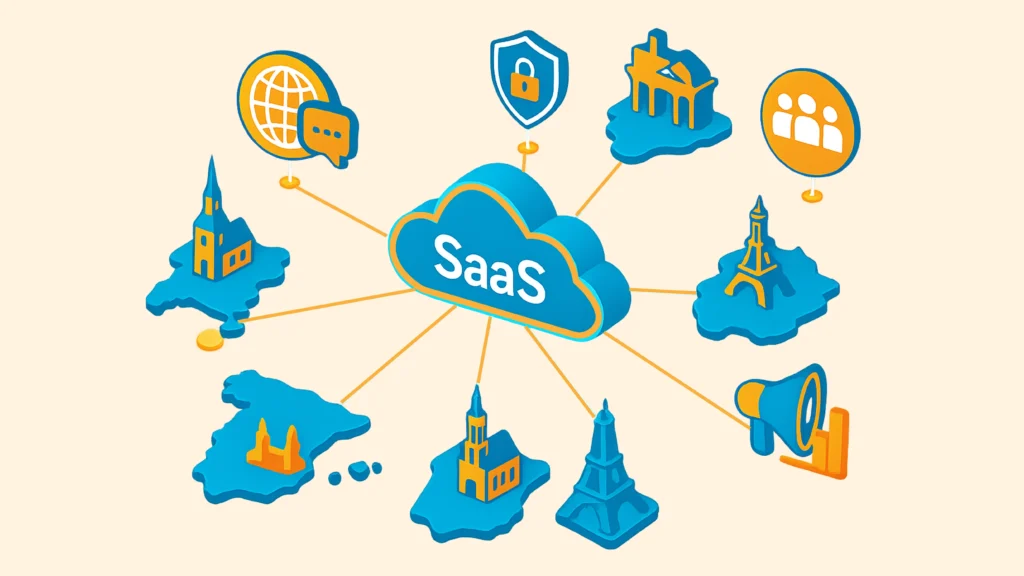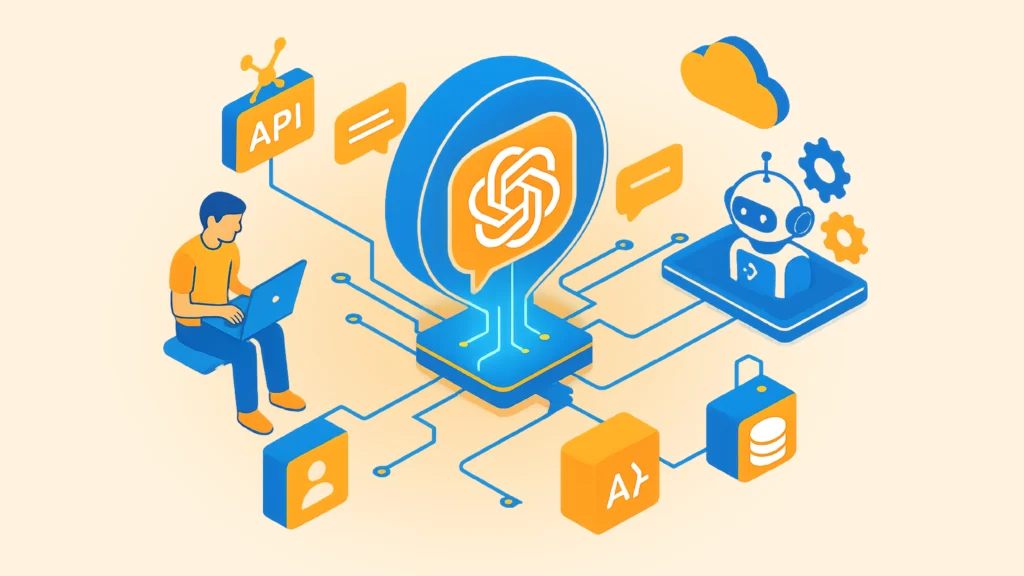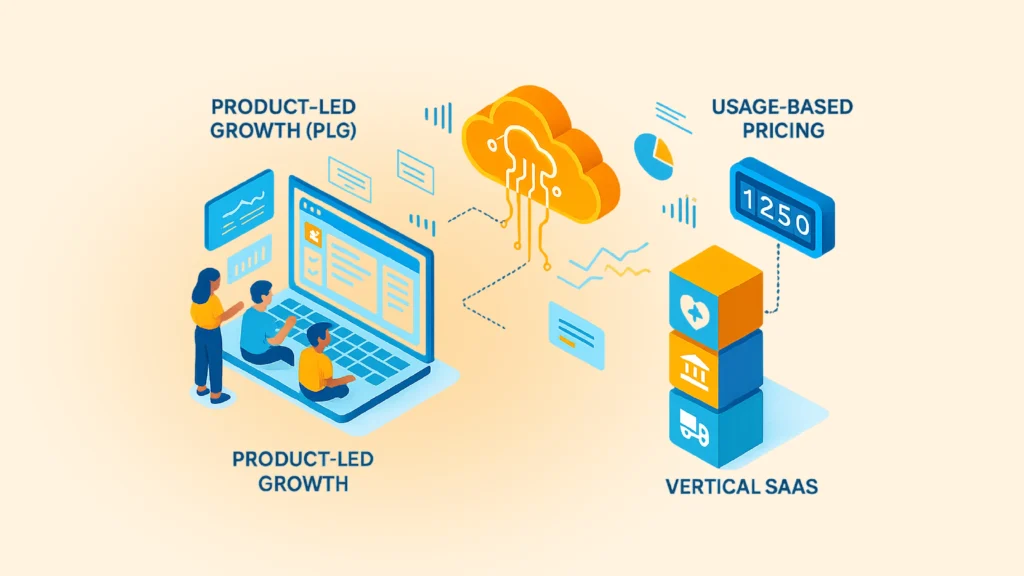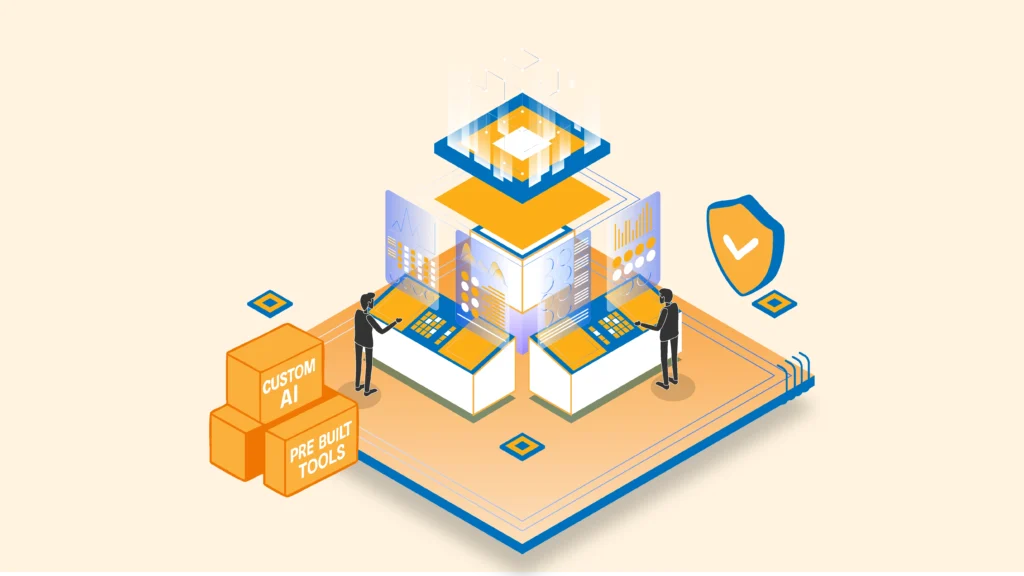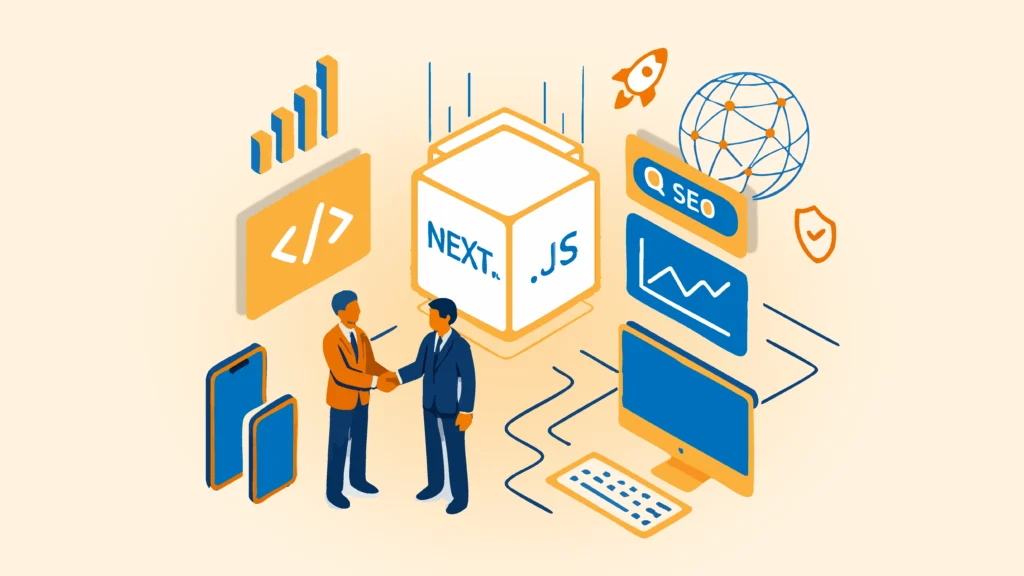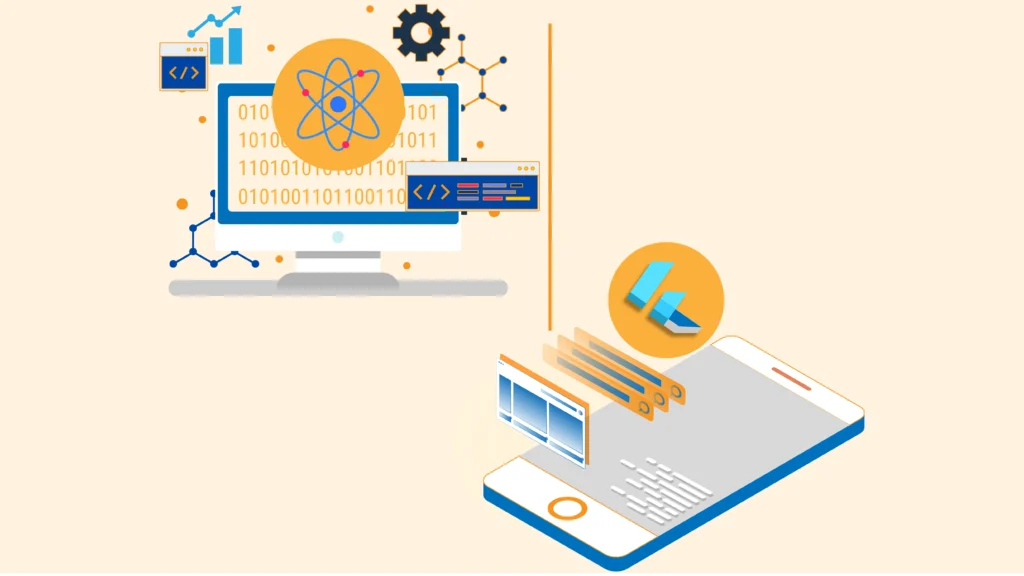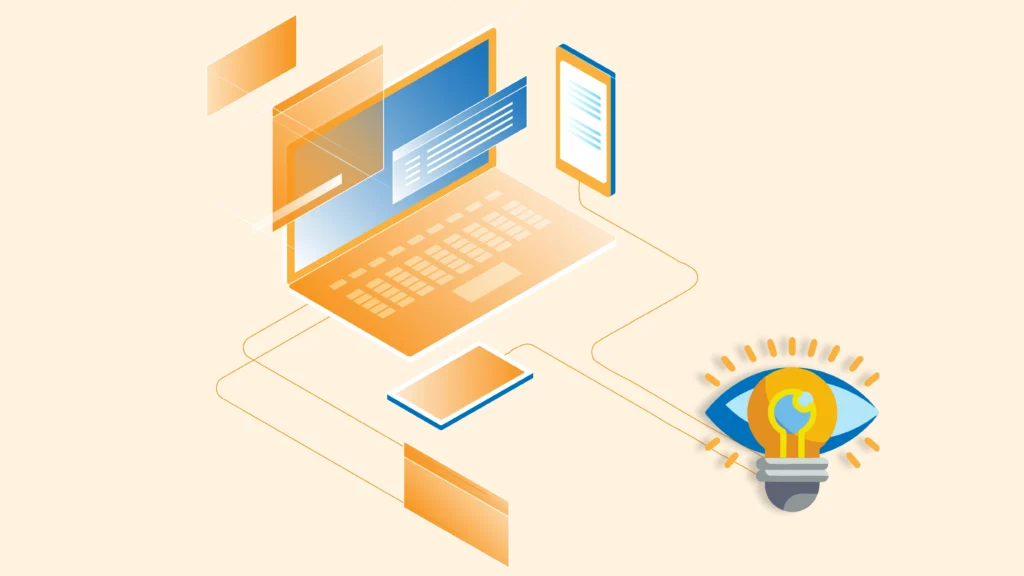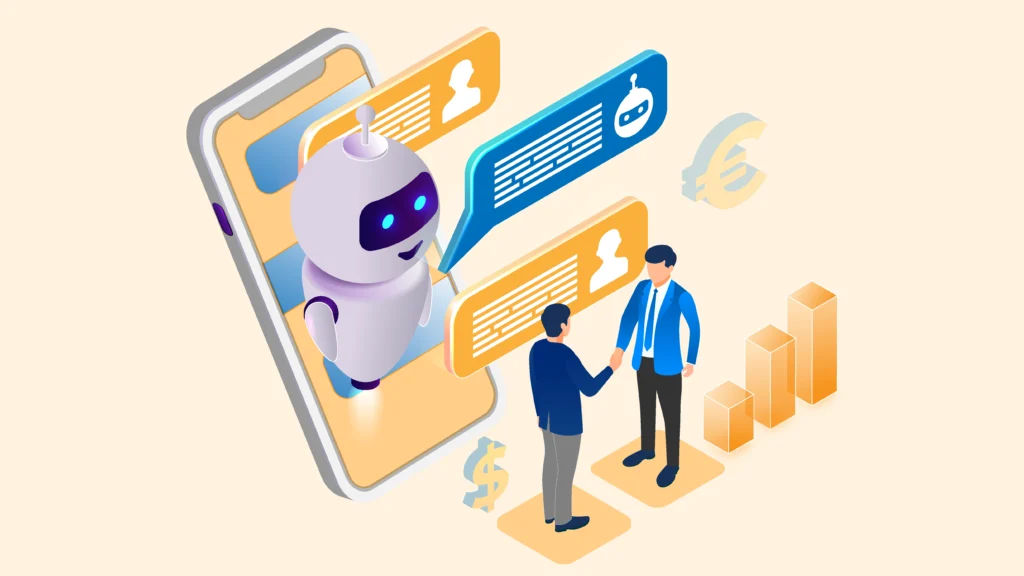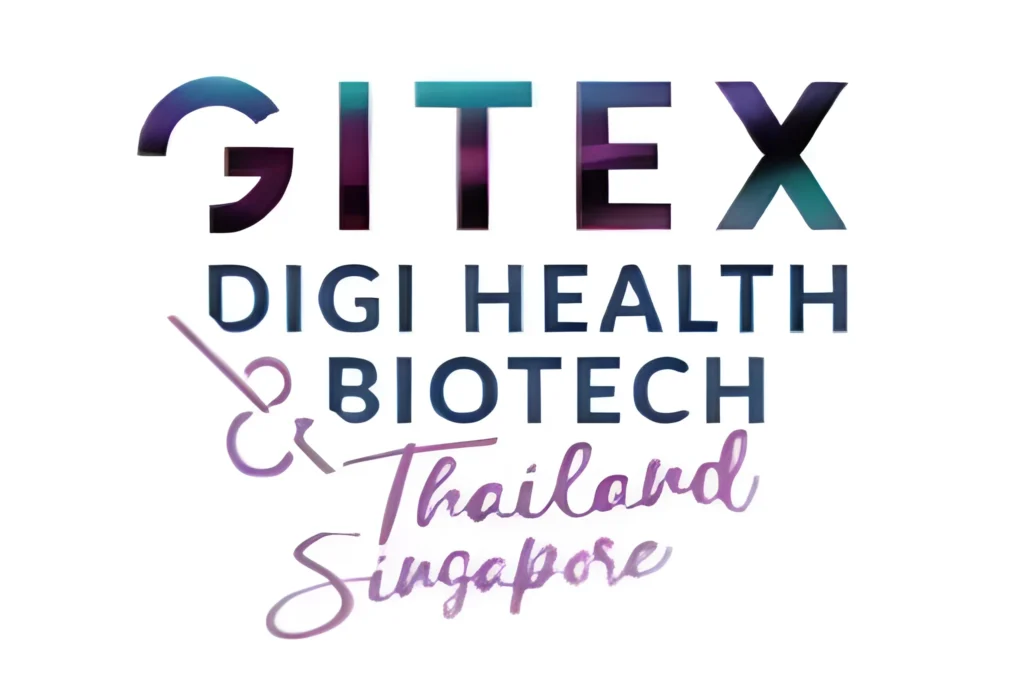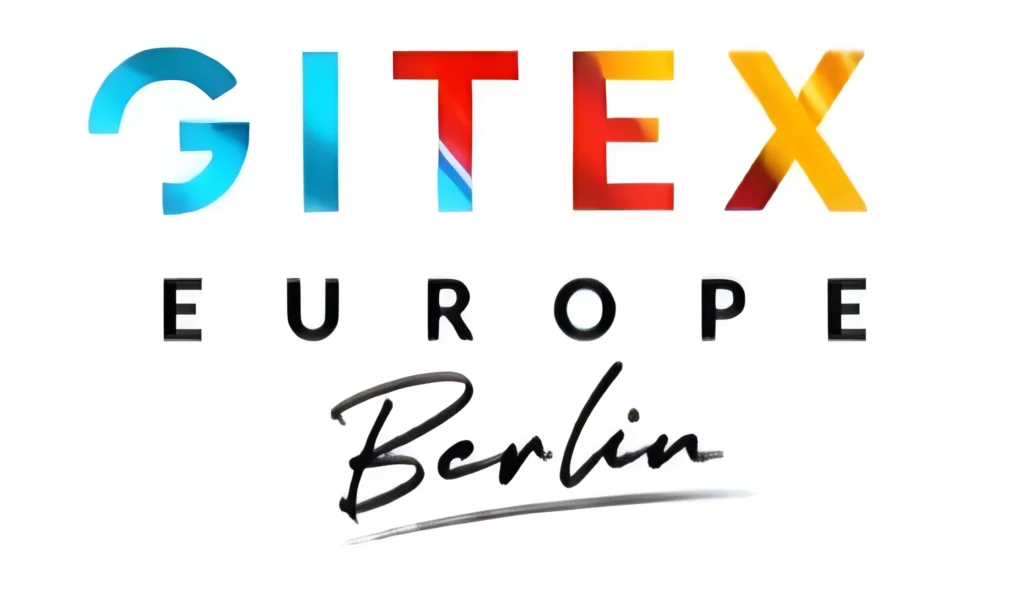How AI-Powered Chatbots Are Revolutionizing Customer Service
How AI-Powered Chatbots Are Revolutionizing Customer Service
- September 29, 2025
- 13 Mins Read
Introduction
What makes this shift so important isn’t just the technology itself, but what it means for businesses and customers alike. Companies using advanced chatbots report 60% faster response times and 30% lower support costs. Customers get answers in seconds instead of minutes or hours, regardless of when they need help. These bots handle everything from password resets and order tracking to complex troubleshooting and personalized product recommendations. Throughout this article, we’ll look at how these AI assistants are transforming support teams, the real results they’re delivering, and where this technology is heading next.
Core Capabilities of Modern AI Chatbots
Natural Language Processing and understanding customer intent
Modern chatbots actually get what you’re asking for. Old bots needed exact phrases like “I want to return my order.” Today’s systems understand when you say “This shirt doesn’t fit” or “Got the wrong size” – they know you need return help.
This jump in understanding comes from better NLP. The bot breaks down your message, figures out the important parts, and matches your intent to the right help topic. Starbucks’ bot recognizes dozens of ways people might ask about their rewards points, from “How many stars do I have?” to “Am I close to a free drink?”
Sentiment analysis and emotional intelligence
Chatbots now pick up on your mood. They spot your irritation in messages like “This is ridiculous” or “Still waiting for an answer.” The smart ones adjust their approach when they sense you’re upset.
A hotel chain’s bot changes its entire response style when it detects anger. It cuts the friendly chit-chat, offers faster solutions, and makes it easier to reach a human agent. This emotional awareness helps prevent customer dissatisfaction from getting worse during the conversation.
Multilingual support capabilities
Language barriers are breaking down fast. Nowadays, virtual assistant chatbots switch between languages without missing a beat. They don’t just translate – they understand different languages directly.
A global e-commerce retailer found that their Spanish-speaking customers actually preferred their chatbot over human agents because there was no wait time and the answers were consistent. For businesses expanding globally, this capability eliminates the need for separate support teams for each language.
Continuous learning and self-improvement mechanisms
The best chatbots get smarter every day. They learn from each conversation about what works and what doesn’t. When they can’t answer something, they remember it for next time.
American Express tracks which bot answers successfully resolve customer issues versus which ones lead to complaints. Their system automatically flags problematic response patterns for improvement.
Omnichannel integration and consistent experience
Good chatbots remember you across different channels. Start a return on your laptop, finish it on your phone – the bot picks up right where you left off. No repeating yourself or starting over.
Target’s chatbot for e-commerce knows your recent orders, return history, and reward status, whether you’re on their website, mobile app, or even their in-store kiosk. This connected experience feels closer to talking to a person who remembers you than dealing with separate systems that don’t communicate with each other.
Tangible Business Benefits Beyond Cost Reduction
24/7 availability and global scalability
Chatbots never sleep or take breaks. They handle questions at 3 AM just as well as at 3 PM. This around-the-clock support means customers get help whenever they need it, not just during business hours.
When holiday shopping traffic spikes, an AI chatbot for customer support handles the surge without missing a beat. A chatbot for e-commerce business can manage 10,000 conversations as easily as 100.
Quantifiable improvements in response time and first-contact resolution
The numbers don’t lie – chatbots respond instantly, sometimes in milliseconds. The average human agent takes 1-2 minutes to begin helping a customer. This speed dramatically improves customer satisfaction, especially for simple questions.
More importantly, they resolve issues on the first try. Moreover, some bots are trained in a way that can handle complex return scenarios and product recommendation requests successfully.
Reduction in support ticket escalations
When used properly, chatbots handle most issues completely and reduce tickets that reach human agents. This means support teams focus on difficult problems instead of repetitive questions.
The smartest and intelligent chatbot development services can respond to status updates, billing questions, and basic troubleshooting that previously consumed agent time. Higher-value customer issues now get more attention from human agents.
Agent augmentation vs. agent replacement strategies
Smart companies use AI chatbot platforms to help agents, not replace them. The bots handle routine questions, and humans tackle challenging problems that require judgment and empathy.
When custom chatbot development meets human expertise, agents report higher job satisfaction since they’re solving interesting problems instead of asking for order numbers all day.
Strategic Implementation Approaches
Identifying ideal use cases and customer journey touchpoints
Successful chatbot development projects start with the right focus. Smart companies analyze their support tickets and find patterns. They ask themselves: “What questions come up repeatedly? Where do customers get stuck?”
The best starting points are usually high-volume, straightforward interactions. Password resets, order tracking, and product information make perfect virtual assistant chatbot tasks. These routine issues often make up 60-70% of support volume but don’t require complex problem-solving or emotional intelligence.
Developing effective conversation flows and personality
Good chatbots are those that guide conversations naturally. They anticipate follow-up questions and offer logical next steps. When you ask about delivery times, the bot might follow up with “Would you like to track your current order?”
Personality matters too. Chatbots should match your brand voice. The tone and language should feel consistent with every other customer touchpoint. This doesn’t mean pretending the bot is human – transparency about its AI nature builds trust while still delivering helpful, on-brand interactions.
Human-in-the-loop models and escalation protocols
Even the best conversational AI solutions need backup plans. Clear escalation rules determine when a human should take over. Signs like repeated customer disappointment, multiple clarification requests, or specific keywords trigger the handoff.
The transition should be smooth, not jarring. Effective systems transfer the entire conversation history to agents, highlighting key issues. Agents pick up exactly where the bot left off without asking customers to repeat information. This seamless handoff is what separates great implementations from mediocre ones.
Integration with existing CRM and support systems
Standalone chatbots provide limited value. The real magic happens when they connect to your customer database, order system, and knowledge base. These connections allow personalized responses based on customer history.
When integrated properly, the bot instantly knows who’s asking, their purchase history, previous issues, and account status. This context makes every interaction more relevant and efficient. The customer doesn’t need to explain their situation repeatedly – the bot already knows who they are and what they might need.
Testing and iteration methodologies
No chatbot launches perfectly. Top companies start small, testing with limited customer segments before full rollout. They closely monitor successful vs. failed interactions and continuously improve.
The most effective approach is starting with 80% confidence on a limited scope rather than trying to handle everything on day one. Every interaction provides learning opportunities. Reviewing transcripts where customers got frustrated or abandoned the conversation reveals improvement opportunities that wouldn’t be obvious in the planning stage.
Advanced AI Capabilities Transforming Support
Predictive support: Anticipating customer needs before they ask
The best AI systems don’t just respond to questions – they predict problems before customers even mention them. When patterns in user behavior suggest an issue might occur, the system takes action first.
A predictive support system spots when a user has visited the same help page three times in ten minutes. It initiates a chat offering specific help with that topic. Another example: when usage data shows a customer trying and failing to use a feature repeatedly, the bot reaches out with a tutorial. This anticipatory approach solves problems customers might not even know how to ask about.
Personalization at scale through customer data utilization
Mass personalization used to be a contradiction. Not anymore. Advanced chatbot development services pull data from multiple sources to create truly personalized interactions for thousands of customers simultaneously.
These systems consider your purchase history, browsing behavior, support history, and preferences when crafting responses. A returning customer gets different recommendations from a first-time visitor. Someone who previously had technical issues receives more detailed instructions. This tailored approach makes each customer feel understood without requiring massive support teams.
Visual recognition capabilities for troubleshooting
Text-only support has serious limitations. Modern systems now understand images, screenshots, and videos. This visual capability dramatically improves troubleshooting effectiveness.
When you encounter an error message, you can simply send a screenshot rather than trying to describe it. The system recognizes the error code, understands the context, and provides specific solutions. For product issues, customers can show the problem directly.
Voice-enabled support integration
As voice interfaces become more common, leading companies are connecting their chatbots to voice channels. This creates consistent support experiences whether customers type or talk.
The same AI brain powers both text and voice interactions, maintaining context between channels. Start a support conversation on your smart speaker, continue it on your phone via text, and the system remembers everything discussed. The natural language processing that powers text chats extends to voice, creating conversational support that feels intuitive regardless of how customers choose to connect.
Measuring ROI and BusinessImpact
Key performance indicators for chatbot development services
Smart companies track more than just cost savings. They measure containment rate – how often the bot successfully handles issues without human help. Resolution time shows how quickly customers get answers compared to traditional methods.
The strongest indicator is often first-contact resolution rate. When customers get complete answers in their first interaction, satisfaction soars. Other important metrics include conversation abandonment rates, customer effort scores, and the accuracy of bot responses over time.
Customer lifetime value impact analysis
The real business impact goes beyond immediate metrics. Companies now track how chatbot interactions affect long-term customer value. Customers who receive fast, effective support spend more and stay longer.
Analysis often shows that customers who use well-designed chatbots have 15-20% higher retention rates than those who face support friction. This retention difference compounds over time, making the true ROI much larger than simple cost savings calculations suggest.
Agent productivity enhancement metrics
For agents, the right metrics focus on quality improvements, not just quantity. Tracking average handle time misses the point. Better measures include high issue resolution rates and customer satisfaction scores.
When bots handle routine questions, agents tackle more challenging problems. Their expertise grows, job satisfaction increases, and turnover drops. This productivity improvement often translates to higher customer satisfaction for complex issues that truly require human touch.
Cost savings calculation frameworks
Calculating hard savings requires honest accounting. Companies measure reduced staffing needs, lower cost-per-interaction, and decreased training expenses. They also consider operational improvements like extended support hours without added personnel costs.
A comprehensive framework accounts for implementation and maintenance costs, offsetting them against both direct savings and opportunity benefits from extended coverage. The most accurate assessments compare total cost per resolved issue, not just per interaction.
Revenue generation attribution models
Advanced chatbots for lead generation development directly drive revenue, not just save costs. Attribution models track conversions, upsells, and cross-sells initiated through bot interactions. They measure cart abandonment recovery and increased completion rates for sales processes.
When properly integrated with e-commerce systems, chatbots influence buying decisions at critical moments. The revenue impact often surprises executives who initially viewed chatbots solely as cost-reduction tools. Modern measurement frameworks capture this sales influence alongside traditional support metrics for a complete ROI picture.
Integration and Technical Considerations
API integration requirements with existing tech stacks
Successful chatbots need clean connections to your existing systems. This usually means APIs that link to your CRM, order management, and knowledge base.
The technical complexity depends on your current setup. Modern cloud-based systems typically offer ready-made integration points. Legacy systems might require custom middleware to bridge the gap. Either way, planning these connections early prevents headaches later when the bot needs to pull customer data or order information mid-conversation.
Data security and privacy implementation
Chatbots handle sensitive customer information constantly. Strong security isn’t optional – it’s essential. This means encrypted conversations, secure data storage, and careful access controls.
Privacy considerations go beyond basic security. Your system needs clear data retention policies and transparent opt-out options. It should comply with relevant regulations like GDPR or CCPA. Many implementations now use a “minimum necessary” approach, accessing only the specific customer data needed for each interaction rather than pulling complete profiles.
Scalability infrastructure requirements
Traffic to chatbots rarely follows a smooth pattern. They need to handle sudden spikes during marketing campaigns, product launches, or service outages. Your infrastructure must scale instantly when demand surges.
Cloud-based deployments usually manage this better than on-premises solutions. They can automatically allocate additional resources during peak periods without manual intervention. The best implementations include load testing before launch to verify the system can handle realistic traffic surges without slowing down.
Backend systems connectivity challenges
Even intelligent chatbots stumble when backend connections fail. Your bot needs contingency plans for system outages or slow response times from connected platforms.
Practical solutions include response caching for common information and graceful degradation paths when systems are unavailable. The best implementations monitor connection health continuously and automatically adjust conversation flows when certain systems can’t be reached.
Final Thoughts
As technology advances, chatbots have evolved from simple cost-cutting tools to critical components of modern customer service strategy. They deliver what customers increasingly demand – immediate, accurate help available around the clock. The technology continues to advance rapidly, with new capabilities emerging in voice interaction, visual recognition, and predictive support.
Companies implementing chatbots strategically are seeing significant improvements in customer satisfaction, operational efficiency, and even revenue generation. For forward-thinking companies, the question isn’t whether to implement AI-powered chatbots, but how quickly they can deploy and optimize them to meet rising customer expectations in an increasingly digital world.

